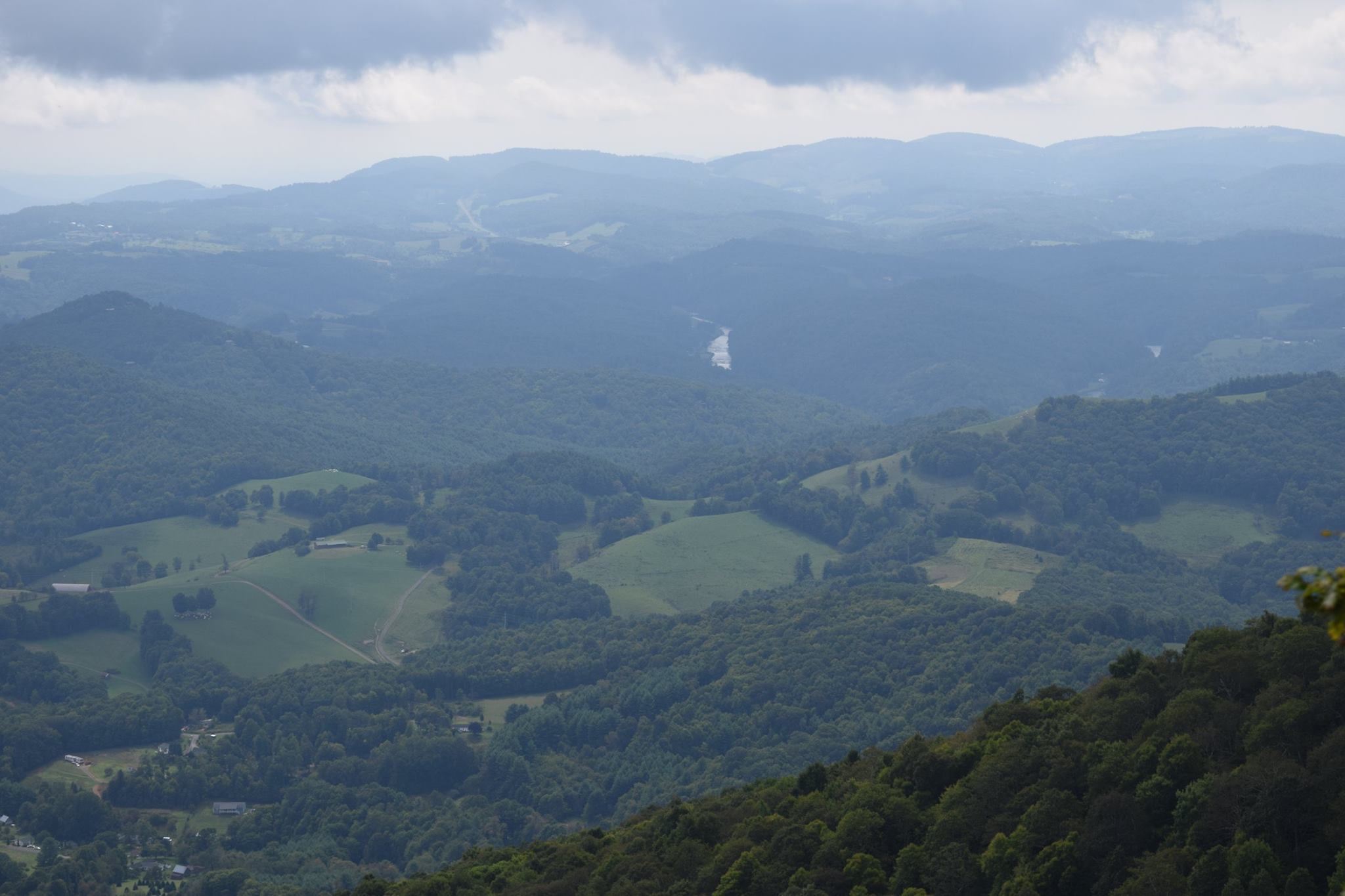
This week has been almost a near repeat of last week, with slightly above average temperatures and sporadic precipitation. The NOAA long-range forecast has a 33% chance of slightly above normal temperatures through November. Remember, for the best fall colors September should be cool and sunny. Now that we are halfway through September, and it’s still warm, I’m going to make my first comment on potential fall leaf color and say that it may not be the highest quality, but premised on the fact that it remains warm the rest of this month.
Last year, we had oscillations between cool and warm weather, which totally confused the trees (if a tree can be confused!). The red maples in Durham Park on the Appalachian State University campus started to develop some red coloration, but then in one week dropped all their leaves before they reached their full color potential.
I’m going to keep my report short this week, as not much has changed much from last week to this one. Tulip poplars (Liriodendron tulipifera) are just now starting to show yellow leaves, which is the major change that I see from last week. Otherwise, nothing new to report.
I did try out the Boone Fork Trail today, a 5-mile loop trail that starts at the Julian Price picnic area on the Blue Ridge Parkway. The trail begins in an old field that was once a lakebed, and which is full of old-field herbs, then hugs the creek before heading uphill and into the woods. It was quite muddy today. If you take it, note that there are rocks to climb over, and a ladder to get up one set of rocks, but it’s not a difficult hike. But don’t try it with slippery-soled shoes.
Two of my students are studying how American chestnut saplings respond to sunflecks – these are the short-lived bright flecks of high light that make through openings in the overstory tree canopy. Although they may only occur 10% of the time, they can contribute enough high light for an understory tree to do 75% of its photosynthesis over the course of a season. Thus, they are disproportionately important to the tree. See the accompanying photographs of my students using a portable photosynthesis system to measure photosynthesis and transpiration of a leaf.
Lastly, I now have a circular polarizing filter on the camera. It makes a slight difference but I am still getting used to it. Hopefully it will improve my photos of fall colors and views.
Have a great week!